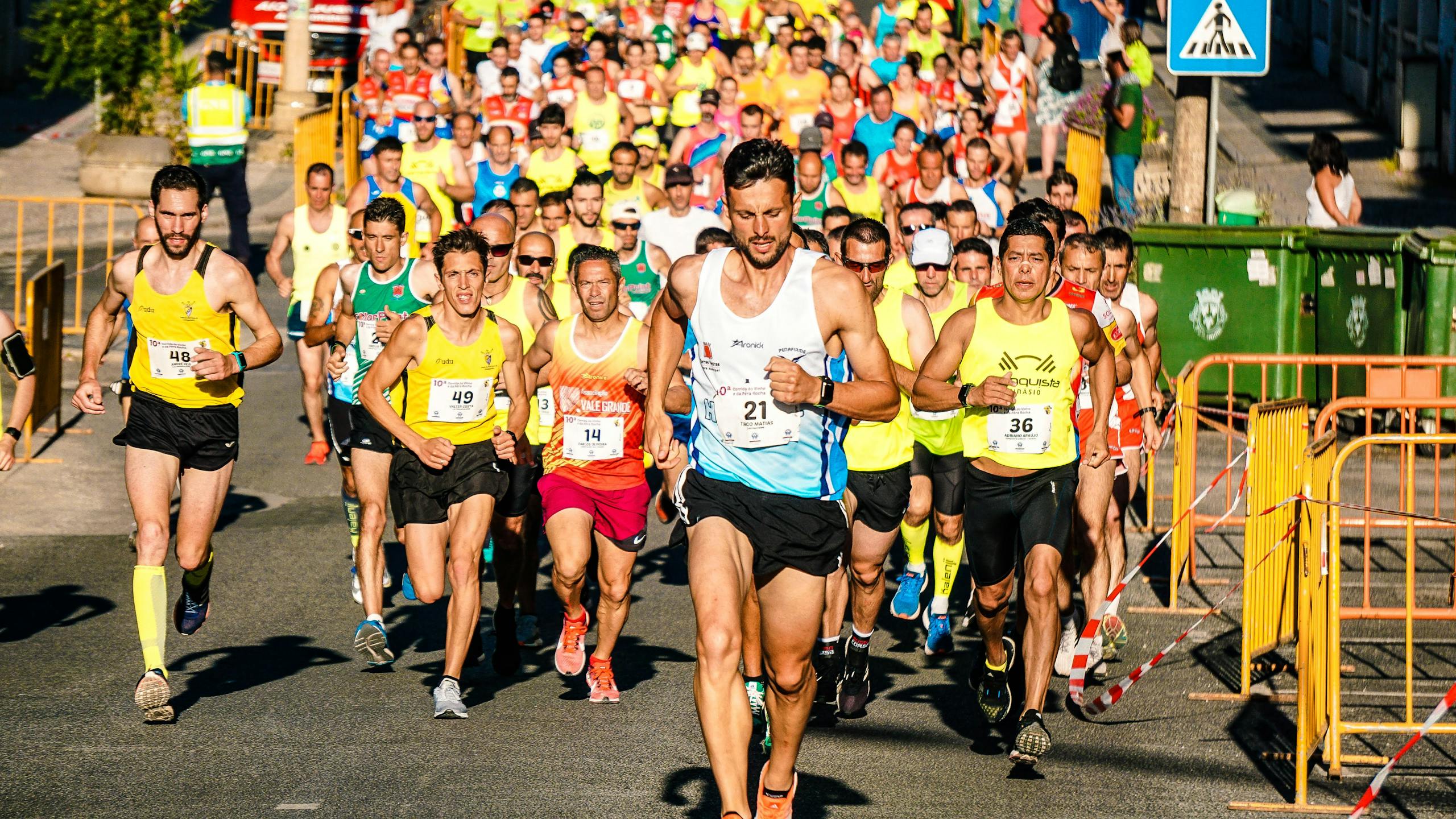How to Train for High-Altitude Races in Utah: A Comprehensive Guide
Imagine crossing the finish line of a high-altitude race in Utah, surrounded by breathtaking mountain scenery – but only if you can breathe!
As an avid runner and Utah native who’s tackled some of Utah’s most challenging mountain courses, I can tell you that high-altitude racing is a whole different ballgame.
I won’t tell you about that one time, I learned that lesson the hard way during my first attempt at the Wasatch Front 100 Mile Endurance Run!
High-altitude running in Utah presents a unique set of challenges that can catch even experienced runners off guard.

The thin air at elevations above 5,000 feet can leave you gasping, your legs feeling like lead, and your mind questioning every life decision that led you to this point.
But don’t worry with the right training approach, you can conquer Utah’s mountain races and experience the thrill of running among the peaks.
In this guide, I’ll share the strategies I’ve learned (often through trial and error) to prepare for high-altitude races in the Beehive State.
I’ll cover everything from understanding how altitude affects your body to specific training workouts, nutrition tips, and mental preparation techniques.
Whether you’re eyeing the St. George Marathon or dreaming of the Speedgoat 50K, this comprehensive guide will help you reach new heights – literally!
So lace up your trainers, fill up that water bottle, and let’s dive into the world of high-altitude running in Utah.
I promise you, the views (and the post-race beer) are totally worth the extra effort!
Understanding the Impact of Altitude on Running Performance
High altitude, typically above 5,000 feet, significantly affects running performance. The reduced oxygen levels can cause:
- Shortness of breath
- Decreased endurance
- Slower pace
- Increased heart rate
Altitude sickness symptoms like headaches and nausea may also occur. Recognizing these effects is crucial for adapting your training and race strategy.
Acclimatization Strategies for Utah’s High-Altitude Races
Proper acclimatization is key to successful high-altitude racing. Follow these tips:
- Arrive at altitude 1-2 weeks before the race if possible.
- Gradually increase your exposure to higher elevations.
- Use the “sleep high, train low” technique when available.
- Stay well-hydrated to combat the dry mountain air.
Remember, full acclimatization can take weeks, so be patient with your body’s adaptation process.
Specific Training Workouts for High-Altitude Running
Incorporate these workouts to prepare for high-altitude races:
- Hill repeats: Improve leg strength and simulate altitude stress.
- Interval training: Enhance oxygen utilization efficiency.
- Long, slow distance runs: Build endurance at lower altitudes.
- Strength training: Focus on core and lower body exercises.
Gradually increase the intensity and duration of these workouts as your fitness improves.
Nutrition and Hydration Tips for High-Altitude Racing in Utah
Proper nutrition and hydration are critical at high altitudes:
- Increase calorie and carbohydrate intake to fuel your body.
- Consume iron-rich foods to boost red blood cell production.
- Drink more water than usual to combat increased fluid loss.
- Consider electrolyte supplements to maintain proper balance.
Experiment with your nutrition strategy during training to find what works best for you.
Gear and Equipment for High-Altitude Running in Utah
Essential gear for high-altitude running in Utah includes:
- Layered clothing for variable mountain weather
- Sun protection (hat, sunglasses, sunscreen)
- Reliable hydration system (bladder or bottles)
- Trail running shoes with good traction
Invest in quality gear to ensure comfort and safety during your mountain runs.
Mental Preparation for Utah’s High-Altitude Challenges
Mental toughness is crucial for high-altitude racing. Try these techniques:
- Visualize success on the course
- Practice positive self-talk
- Set realistic goals based on the altitude’s impact
- Develop coping strategies for discomfort
Remember, mental preparation is just as important as physical training.
Safety Considerations for High-Altitude Running in Utah
Prioritize safety when running at high altitudes:
- Learn to recognize altitude sickness symptoms
- Run with a partner when possible
- Carry emergency supplies (first aid kit, extra food, emergency blanket)
- Know when to turn back if conditions become unsafe
Don’t hesitate to prioritize your safety over finishing a run or race.
By following these guidelines, you’ll be well-prepared to tackle Utah’s high-altitude races.
Remember to start your training early, progress gradually, and listen to your body.
The challenge of conquering a mountain race is immense, but so are the rewards.
Happy trails and high-altitude running!


One Comment